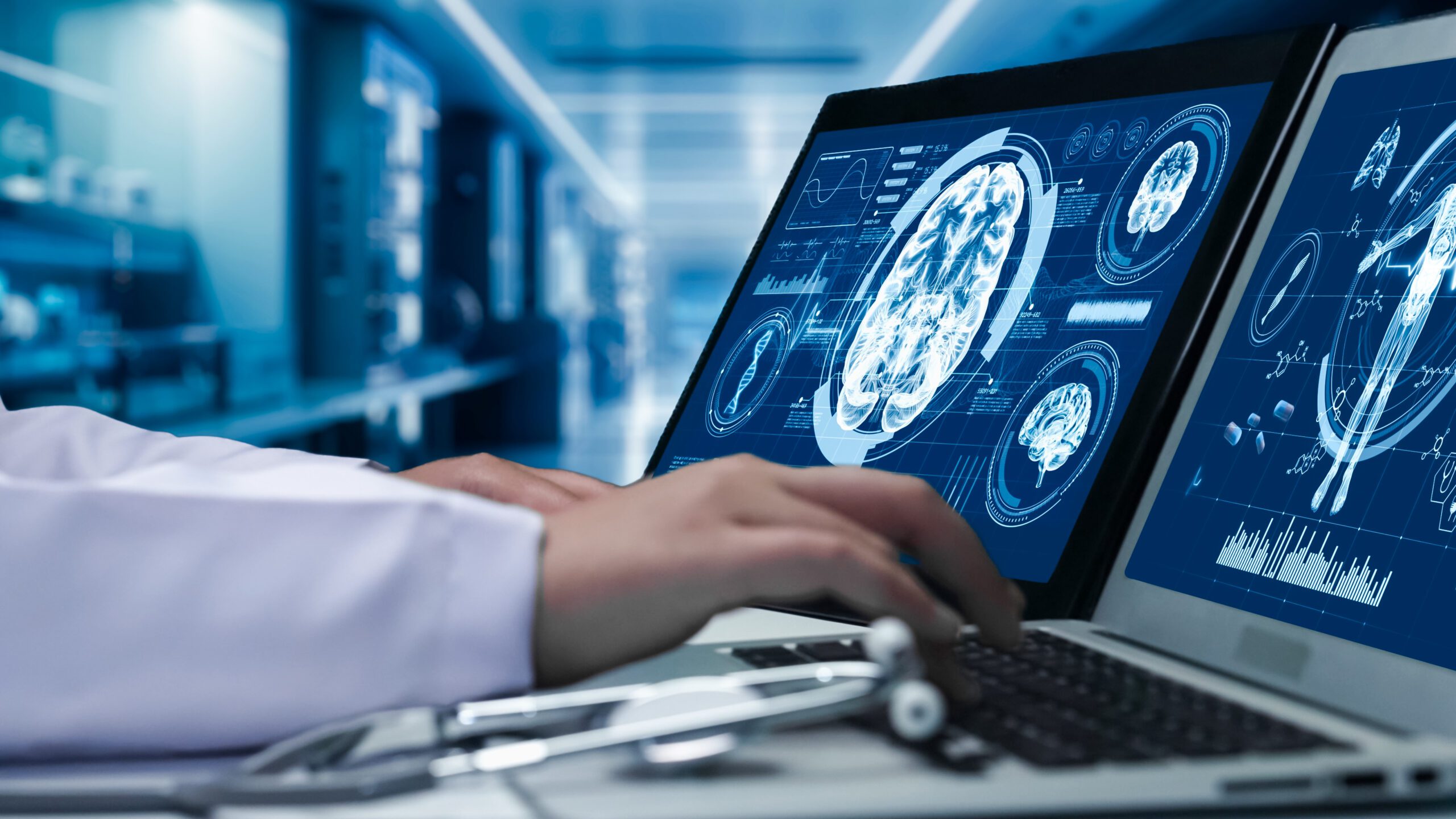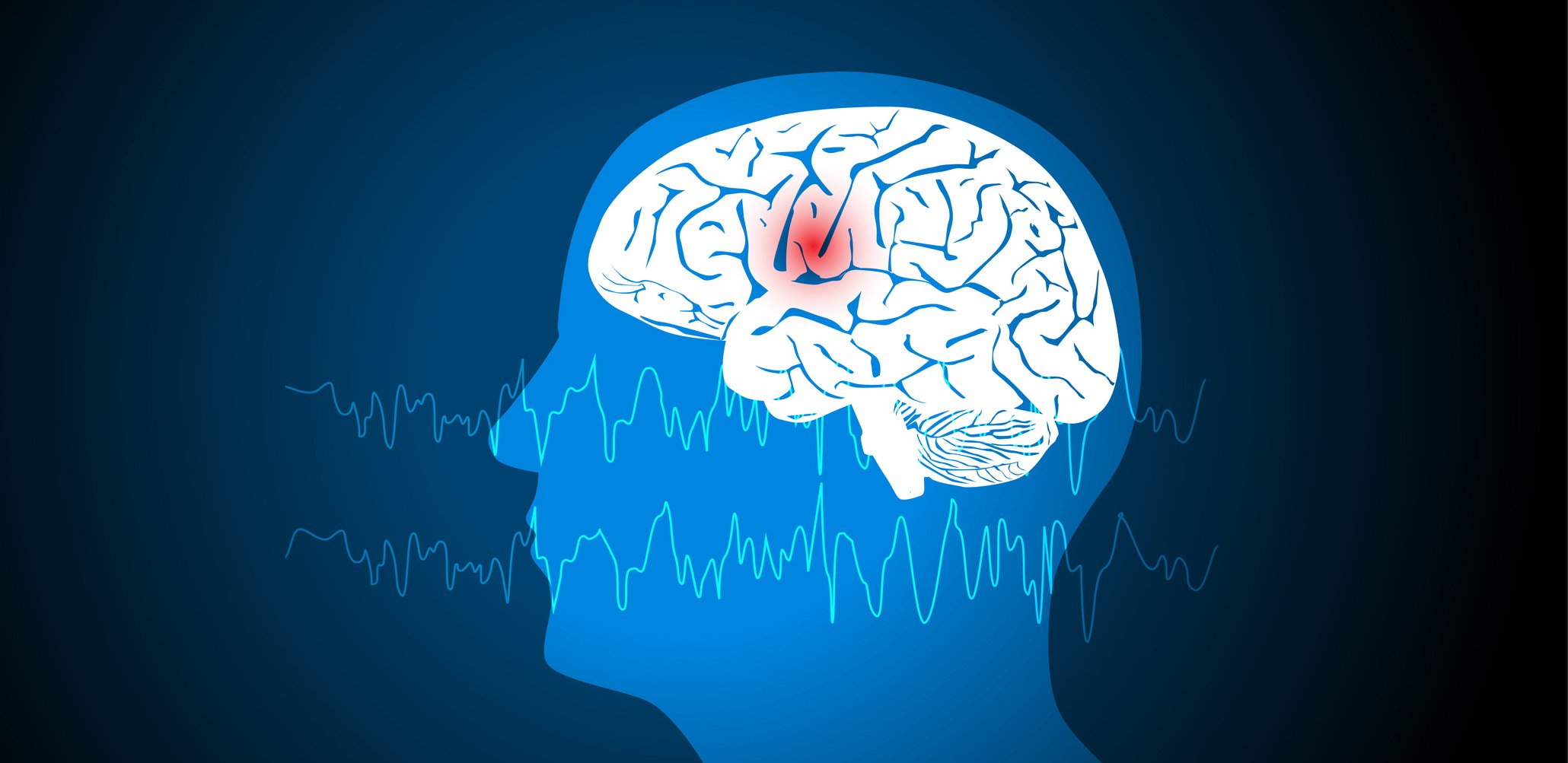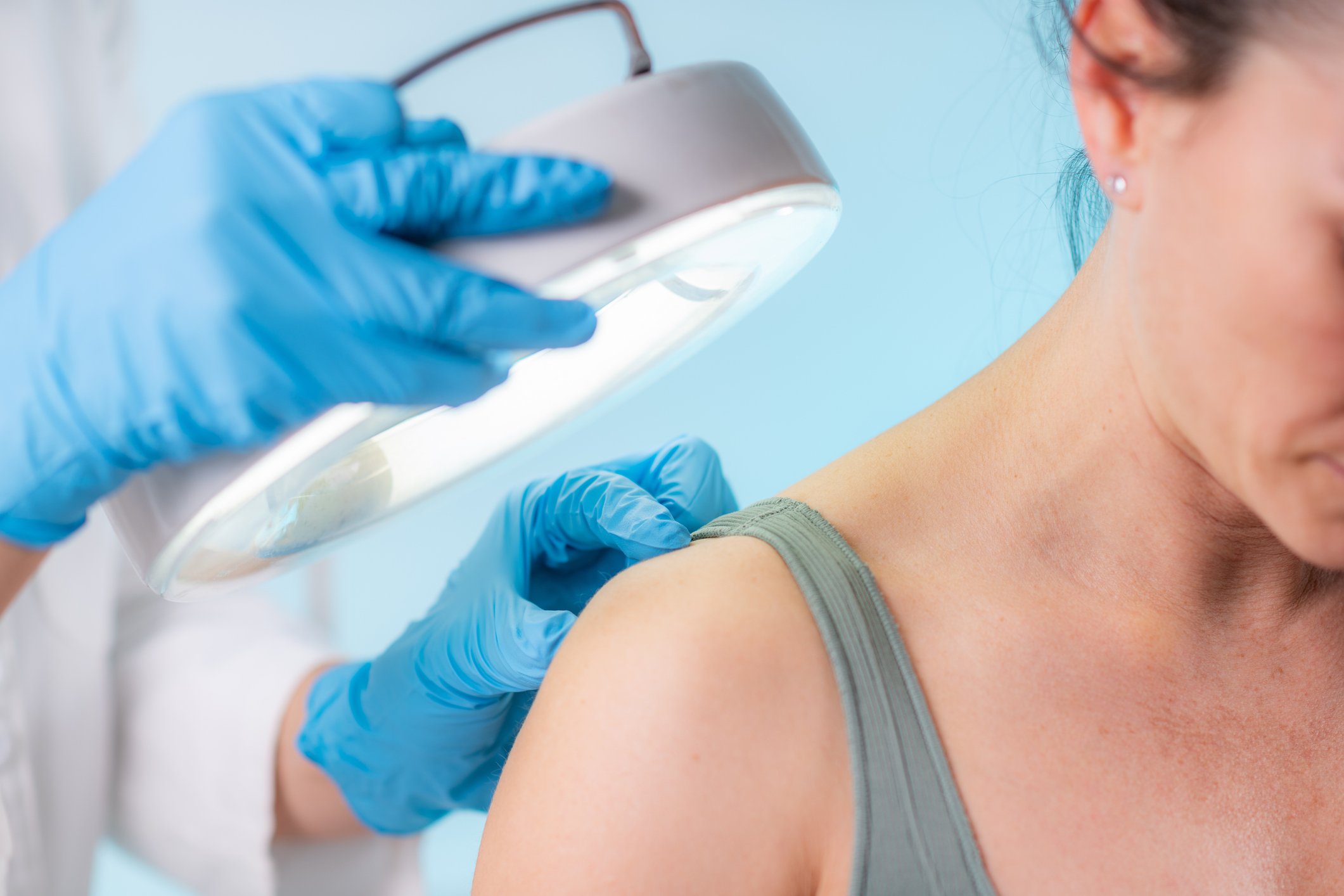One of the most common chronic diseases in children is type 1 diabetes mellitus (T1D), which is classified as an autoimmune disease and is caused by the destruction of insulin-producing beta cells in the endocrine pancreas. The need for subcutaneous insulin administration, the measurement of glucose levels and the adjustment of insulin doses to individual life situations, such as food intake or physical activity, are essential components of treatment. In order to better understand the associated requirements, it is first necessary to consider the general importance of physical activity in childhood and adolescence.
Autoren
- Sabrina Sanfilippo, M.Sc.
- Univ.-Prof. Priv.-Doz. Mag. Dr. Othmar Moser
- Dr. med. univ. Martin Tauschmann, PhD
Publikation
- InFo DIABETOLOGIE & ENDOKRINOLOGIE
Related Topics
You May Also Like
- Crohn's disease and depression
Significant psychological stress for CD patients
- Epilepsy
Cannabidiol for refractory epilepsy syndromes
- Stomach cancer and Helicobacter pylori
A question of income?
- Prurigo nodularis and AD
Effective itch relief through inhibition of the IL-31 signaling pathway
- Cutaneous Crohn's disease
Effective alternative to TNF inhibitors
- Palliative care symptom and needs assessment.
What screening tools are helpful?
- Benralizumab in a patient with asthma and EGPA
When the biologic has a counterproductive effect
- Brain atrophy and MS











